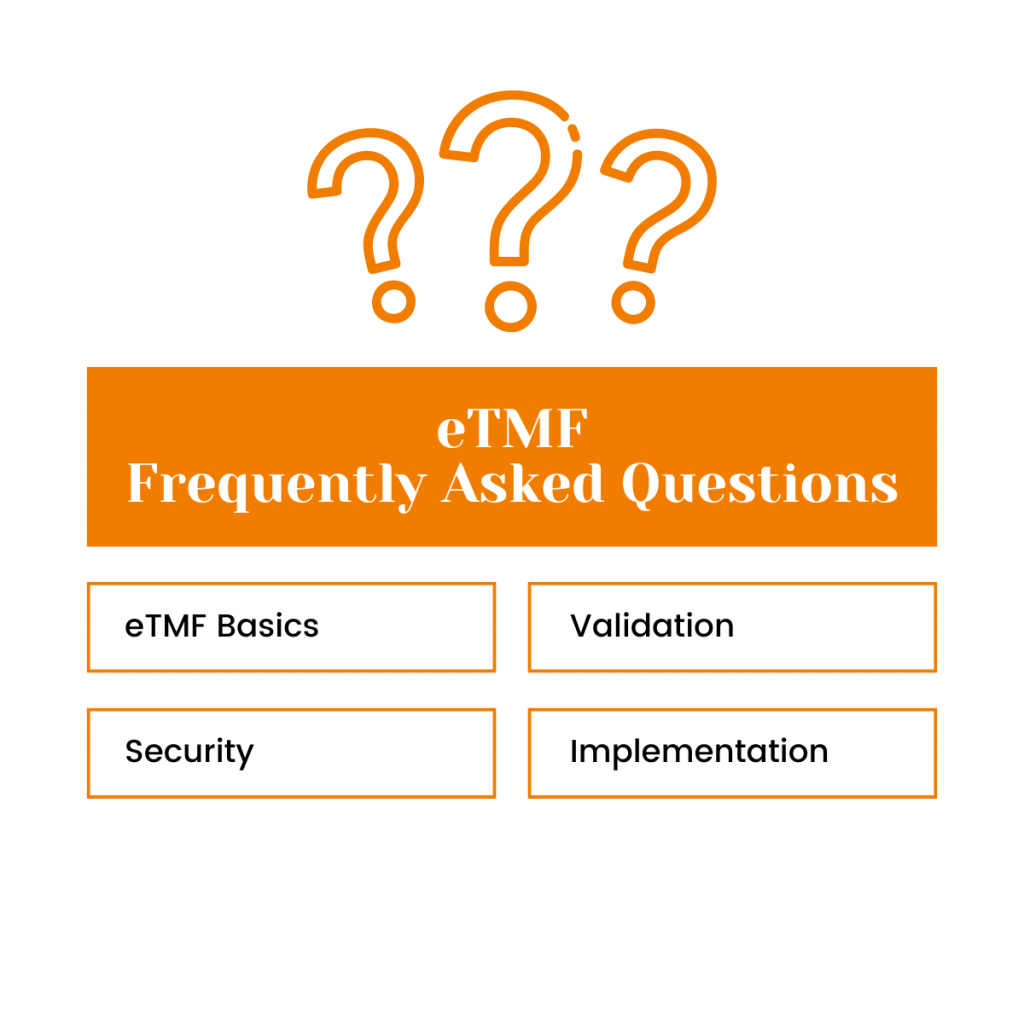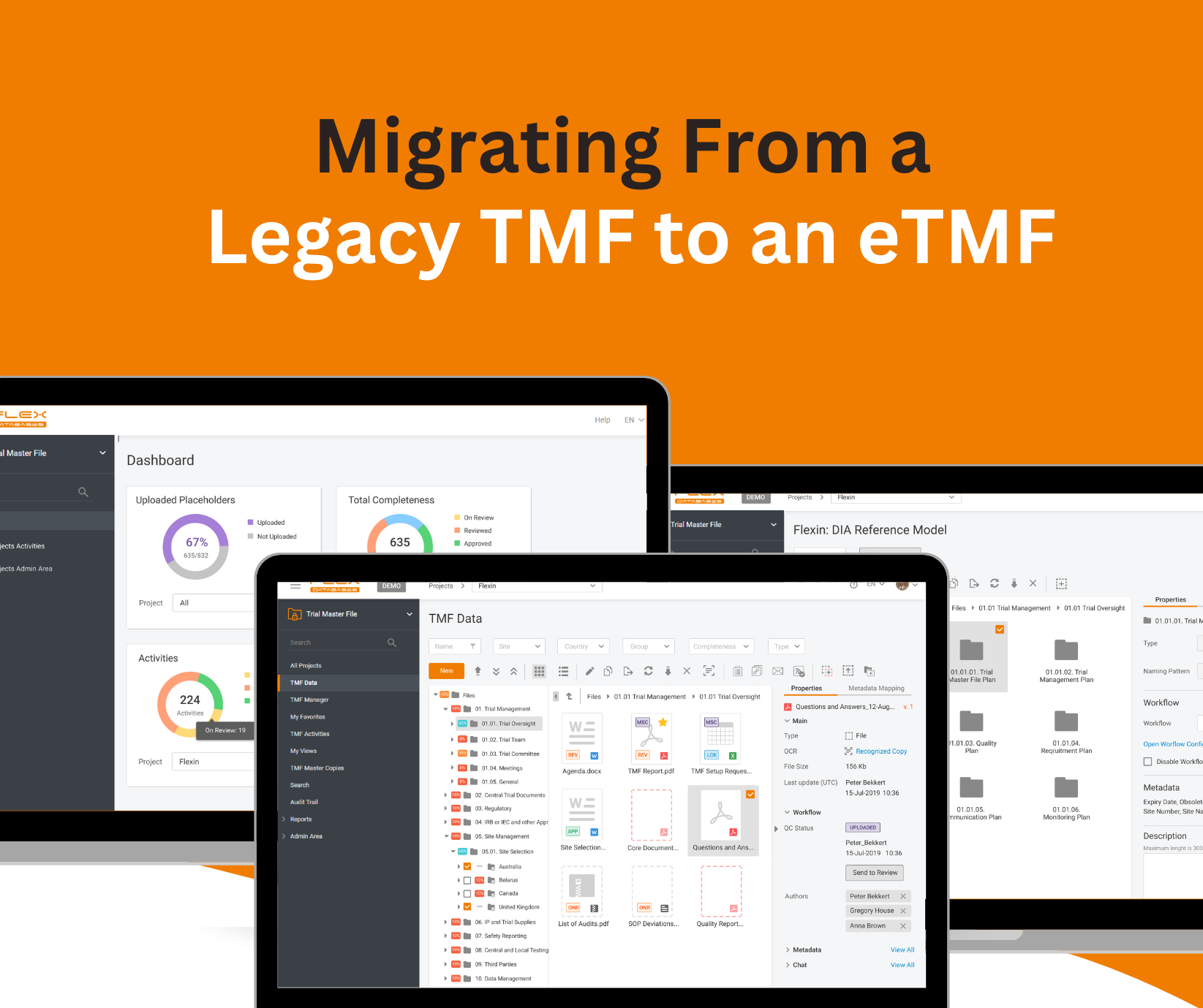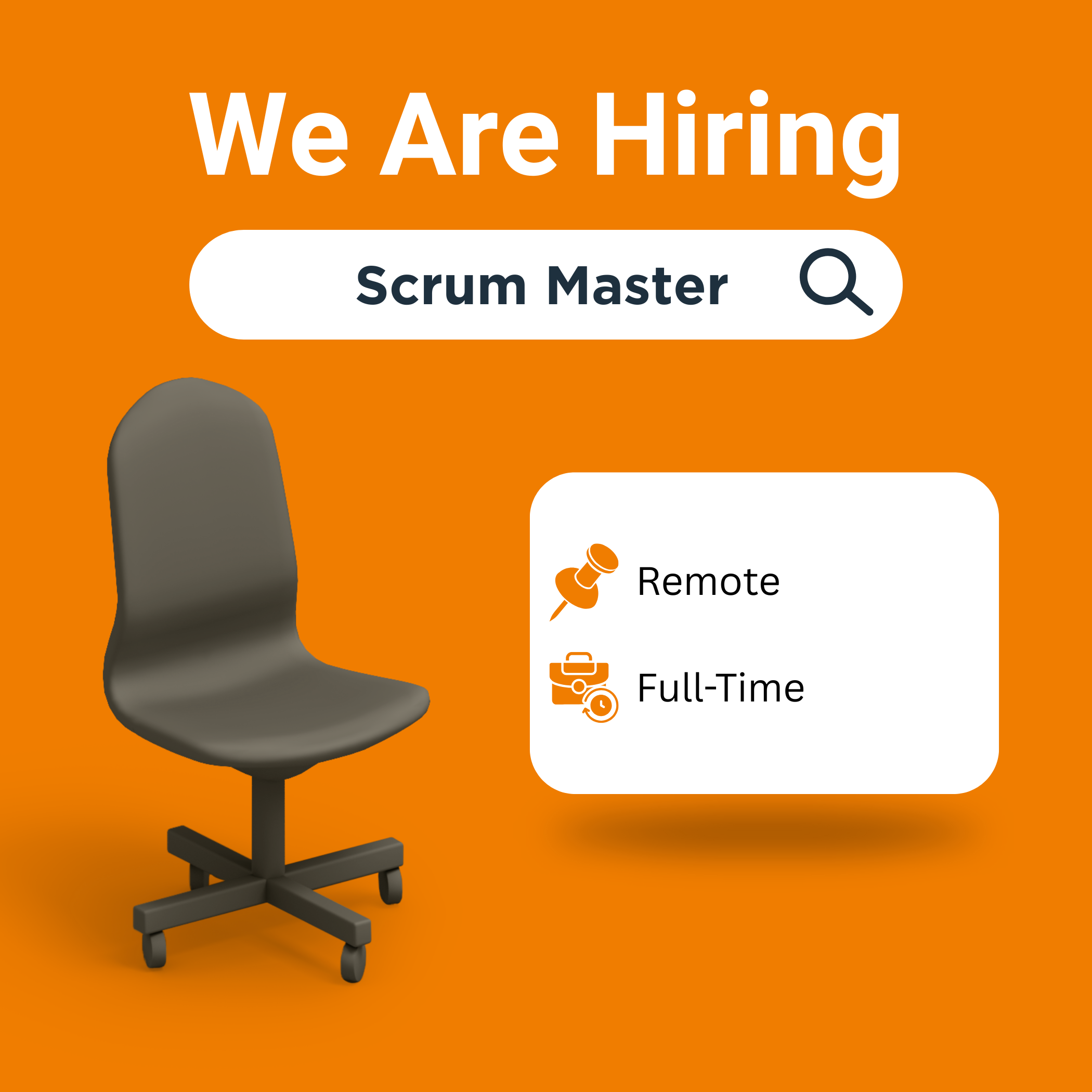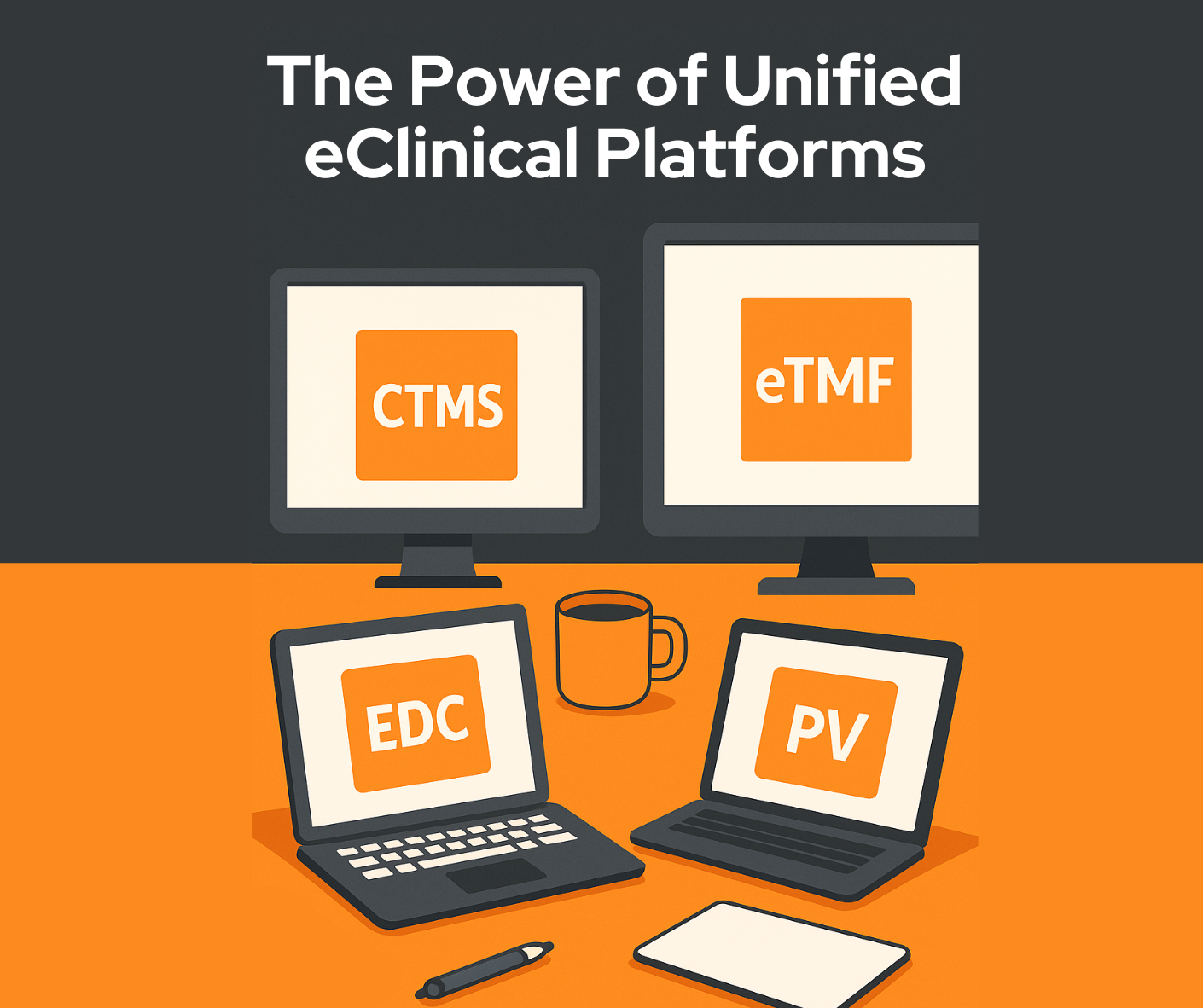eTMF FAQ – Frequently Asked Questions
April 28, 2024

What is an eTMF?
An eTMF, or electronic Trial Master File, is a secure system used to manage all the essential documents and data for a clinical trial. It acts like a central library for everything related to the trial, from study protocols to investigator brochures. eTMF helps ensure everything is organized, easy to find, and up-to-date.
Why is an eTMF important?
eTMF is crucial for meeting regulatory requirements. Regulatory agencies, like the FDA and EMA, need to see a complete and accurate record of the trial in order to approve a drug or treatment. eTMFs also help improve communication and collaboration among all the people involved in the trial.
What is the difference between TMF and eTMF?
A TMF (Trial Master File) is the traditional, paper-based set of all essential documents for any clinical trial. An eTMF (electronic Trial Master File) is the digital version of a TMF.
It’s easier to search through documents, everyone can access them from anywhere, and keeping track of different versions is simpler with eTMF. An eTMF also helps manage documents throughout the entire clinical trial, keeping all the necessary files and documents organized for audits and inspections.
What is the difference between CTMS and eTMF?
Both CTMS (Clinical Trial Management System) and eTMF play important roles in clinical trials, but they focus on different things. CTMS is like the mission control for the trial, handling day-to-day operations like recruitment, site management, monitoring activities, etc.. An eTMF is more like a secure digital filing cabinet, storing all essential documents for the trial.
Is eTMF a part of CTMS?
No, an eTMF (electronic Trial Master File) is not inherently part of a CTMS (Clinical Trial Management System). They are separate systems that focus on different aspects of a clinical trial.
However, Flex Database offers integrated eTMF. This means the CTMS and eTMF work together seamlessly within one single platform, for example, a monitoring visit report is created in CTMS and then automatically filed in eTMF. This integration boosts efficiency by streamlining data flow and reducing redundant tasks.
What is the eTMF process?
There isn’t a single, universal eTMF process as specific steps may vary depending on the chosen eTMF system and sponsor requirements. However, there are some core eTMF processes: Document Creation and Collection, Uploading and Categorization, Version Control and Audit Trail, Access Control and Security, Ongoing Management and Maintenance. Also, there is a harmonised TMF structure for both pharmaceuticals and medical devices – TMF Reference model. It is available out-of-the box in most contemporary eTMF systems, and of course in Flex Databases as well.
There are also guidelines available for TMF management from regulators, like for example EMA guidelines.
What documents are stored in an eTMF?
An eTMF is a storage for all the essential documents, from the core study plan (protocol) to investigator training materials, funding agreements, safety reports, and even records of communication. Basically, anything important to running a clinical trial is stored in the eTMF.
Why is TMF needed?
A TMF is an essential tool for proving a clinical trial was run properly and followed regulations like the FDA (US Food and Drug Administration) and EMA (European Medicines Agency). It acts like a complete record of the trial, allowing reviewers to see if everything was done correctly and the data collected is reliable. This is crucial for getting drugs and treatments approved.
What is the difference between audit and inspection in eTMF?
Both audits and inspections are to examine eTMF, but with a key difference.
- Audit is for sponsors to see if the eTMF meets their own quality standards and follows company procedures.
- Inspection is for regulatory bodies like the FDA or EMA to conduct inspections to make sure the clinical trial followed regulations and the data collected is reliable.
Who manages TMF?
The sponsor is ultimately responsible, but the work can be shared. A specific team within the sponsor’s organisation, a CRO (if involved), and investigators at each trial site all responsible for TMF management.
Who maintains the TMF?
The sponsor is ultimately responsible, but duties can be shared. A CRO can handle TMF tasks during the trial, but the sponsor always owns it. In the end of the clinical trial CRO will transfer the whole Trial Master File to the Sponsor.
What is a Trial Master File Checklist?
A TMF checklist is a roadmap used to ensure a Trial Master File is complete, organized, and compliant with regulations. It lists all the essential documents that should be included in the TMF for a specific clinical trial.
By following a TMF checklist, sponsors and other responsible sides can efficiently track their progress and prepare everything they need for audits and inspections. In the electronic Trial Master File it is automated typically by means of placeholders – a list of all essential documents. Placeholders are in the system waiting for the documents to be uploaded. Also automated statistics on TMF completeness is calculated based on empty and completed placeholders – whether the documents are there or not.
What are the quality issues in TMF?
There are three primary risks of TMF documentation
- Documents might not meet Good Clinical Practice (GCP) standards or sponsor’s requirements.
- Documents aren’t indexed or filed correctly, making them hard to find.
- Crucial documents are simply missing from the TMF.
How to audit TMF?
You need to check the Trial Master File for completeness, accuracy, and compliance with regulations like EMA guideline. Auditors typically review SOPs (Standard Operating Procedures) for TMF management, assess document quality and organization, and ensure proper version control and audit trails. The goal is to reduce to zero any possible gaps or issues to meet inspection requirements.
What does TMF Lead do?
The TMF Lead guides the whole process, making sure documents are collected, filed correctly, and the TMF is ready for audits and inspections.



